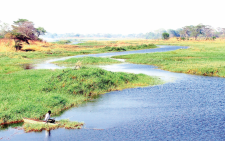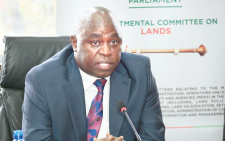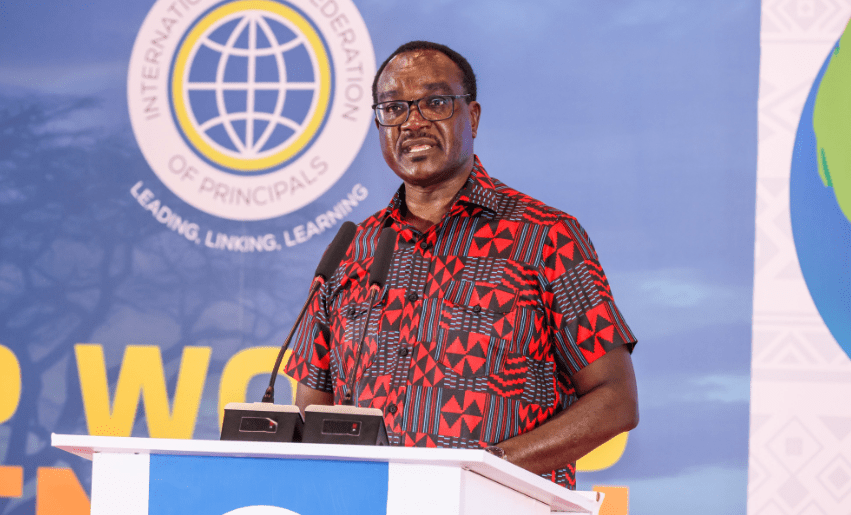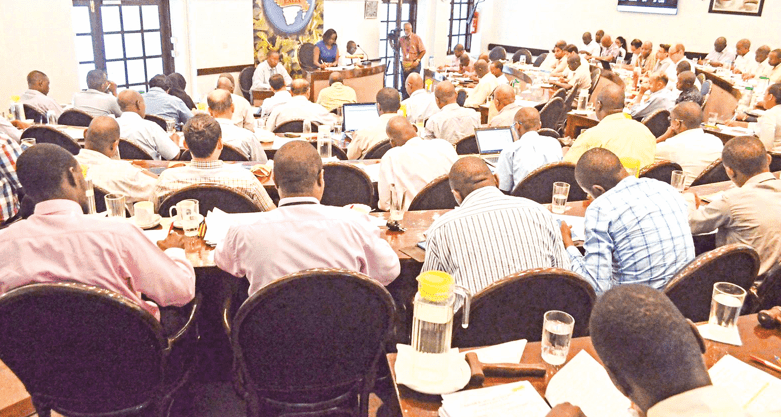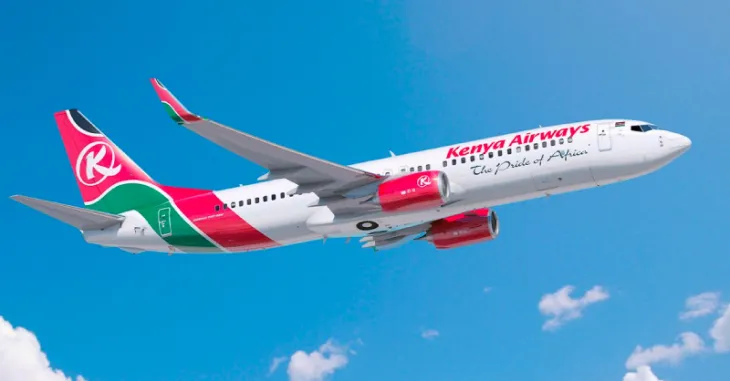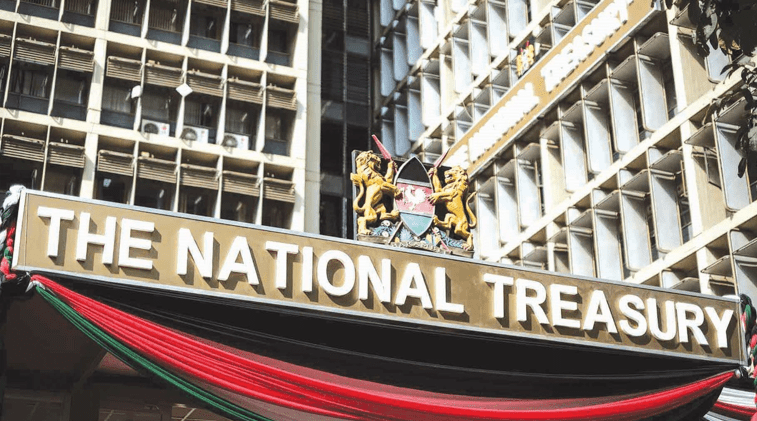Why Kenya is not reaping big from medical tourism
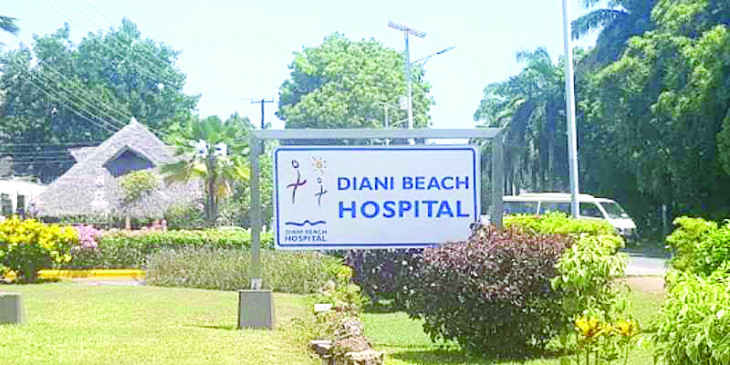
Kenya will have to inject more investments into the healthcare systems if it is to effectively reap from regional health tourism, according to industry experts.
Despite Kenya becoming a regional leader in healthcare, figures indicate that more than 10,000 patients still seek treatment from other nations denying Kenya about Sh10 billion in revenues annually.
The small investments in health sector is hampering the efforts of African states to develop strong healthcare systems that are independent.
Currently, African countries spend about Sh1,000 to Sh15,505 per capita on health compared to the high-income countries that spend above Sh480795. Chief Pathologist at Lifecare Hospitals Dr Shaman Omar said that the country should seek opportunities for strategic partnerships to further scale up and better leverage the existing and future expertise.
This, he added, would further enhance the place of East Africa as regional and continental Hub for Investment in Health, Medical Tourism and specialised care.
“By improving services at the hospitals outside major cities, the pressure will be minimal in the large cities and will open up the referral hospitals for patients seeking specialised care from other states,” said Omar. It is estimated that Kenya gets 3,000 to 5,000 medical tourists from other African countries and more than 10,000 Kenyans travel abroad annually in pursuit of medical treatment, spending at least Sh10 billion per annum.
Promising market
Kenya is a promising market for medical devices and has been ranked as one of the fastest growing markets in the sub-Saharan Africa region, according to Fitch and World Bank reports.
The report states that Kenya’s medical device market is expected to expand by a five-year compound annual growth rate (CAGR) of 8.9 per cent, which should see it rise to Sh23.8 billion ($197.9 million) by 2026, according to Fitch Solutions.
The market is further expected to register mainly high single-digit growth through 2026.
The high healthcare cost in the country has been driven up by the fact that Kenya’s medical device sector is heavily reliant on imports with limited domestic production due to limited manufacturing infrastructure and technical capacity as well as lack of access to raw materials.
Amref Health Africa Country Director Meshack Ndirangu pointed out that building shared value partnerships with relevant stakeholders would significantly contribute towards Kenya’s efforts to improve standards of health service delivery by fostering an environment to showcase innovation, strategic partnerships and information technology to improve quality of care.
Kanyenje Gakombe, chairman of Kenya Healthcare Federation said that despite the region making inroads in having specialized doctors it has not been matched by the same for nurses. “Though there are specialised doctors in different fields there has not been enough resources directed towards specialised nurses. To tap on regional patients we will need to bridge this gap,” he added. India, South Africa, UK and US are the main destinations.
